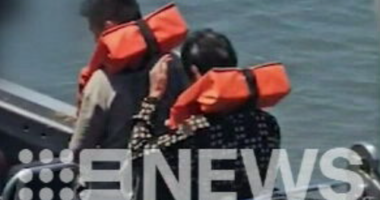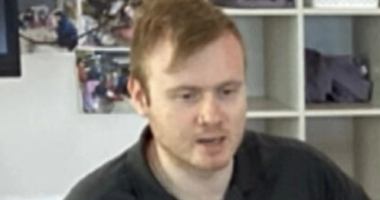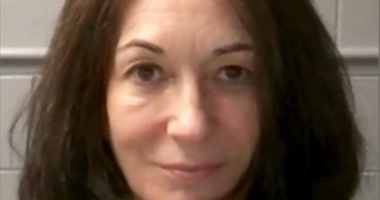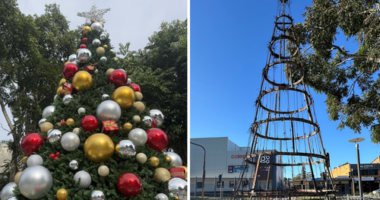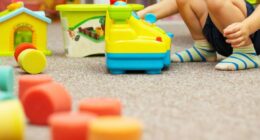Share this @internewscast.com
“My kitchen and laundry have been torn apart. Power outlets, air conditioners, every bit of it—it’s all destroyed.”

Kelly Morgan, talking to SBS News reporter Alexandra Jones, shared that her home, which was previously affected in the 2021 floods, has this time been engulfed completely by water. Credit: SBS News
Morgan’s house was painstakingly renovated after the 2021 floods. Now, she’s lost virtually everything after her entire house was inundated by last week’s floods.
With no aid forthcoming from the military or local council, her daughter Sophie pitches in for the clean-up — drying the house, removing debris, and trying to salvage whatever is left.

Kelly has been forced to burn debris on the side of the road, desperate to clear out her house before the mould sets in. Source: SBS News / Alexandra Jones
Outside, streets are piled high with twisted metal, broken farm equipment and waterlogged belongings, all covered in thick, muddy sludge. With wait times at the tip stretching to over an hour, Morgan has resorted to burning debris.
“We have big river rats.”
How concerning is mould?
“The jury is still out on whether it contributes to individuals getting these diseases in the first place. In general, a healthy house is one that doesn’t have much mould.”
What to do after a flood
Clean all affected surfaces using hot soapy water and a disinfectant or bleach solution. Gloves and protective clothing should be worn during clean-up.
“Who has $70,000 a year to insure your property?”

NSW residents appear to have the mouldiest homes according to a Compare the Market survey. Source: SBS News
A growing concern
NSW homes were the most likely to experience dampness, at a rate of 11.7 per cent, compared to the national average of 9.9 per cent.


